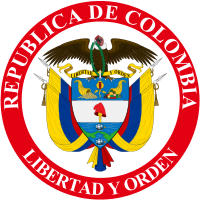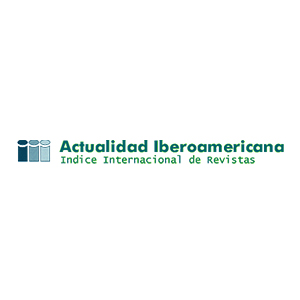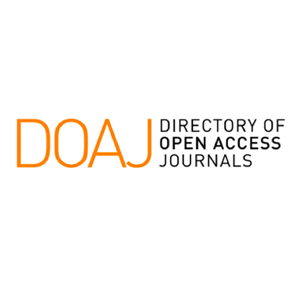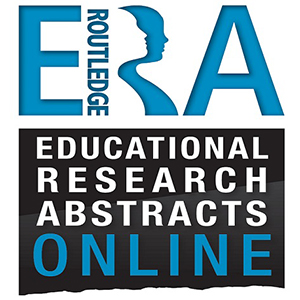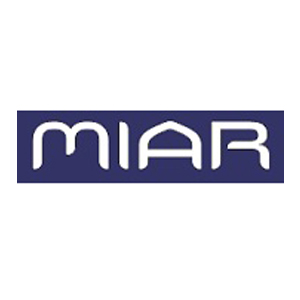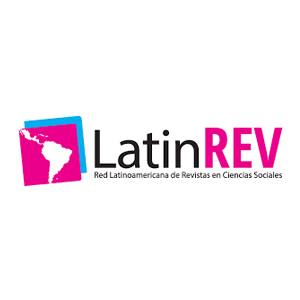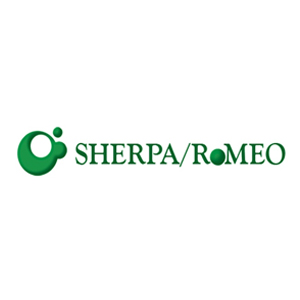Macrophotography as Tool for Taxonomic Identification and Conservation of Insects in Colombia
Macrofotografía como herramienta para la identificación taxonómica y conservación de insectos en Colombia
A fotografia macro como ferramenta para identificação taxonômica e conservação de insetos na Colômbia
Insects are the most important, diverse and successful group of land animals on the planet (Rosas-Echeverria, 2015). They include a wide variety of species whose intense colors, detailed patterns, body shapes and wing structure, make them particularly interesting for amateur photographers, photography and scientific illustrations (McCullough, Worthington and Paradise, 2013; Roaux, 2015). With latest technological advances, macro photography should be understood as a specialized photographic technique that allows us to observe details beyond the capacity of the naked eye (Savazzi 2011). Thus achieving images of very small objects through special lenses, with which you can achieve full-size images (Cosentino 2013; Gajski et al. 2016), reaching a magnification between 1.0 and 50 times (Harcourt, 2000). In addition to delivering details that are imperceptible to simple view (Rivas V et al. 2017).
This makes macro photography a useful tool for research in entomology and ecology, including observational studies that have traditionally been based on the identification of species in sight (Marshall, 2008; McCullough; Worthington and Paradise, 2013, Martinez and Guerrero, 2018). Macro photography has also played an important and widely variable role in taxonomy (Steinke et al. 2009). But sometimes such data is not used correctly to contribute to the formal identification or description of the samples under study (Leggett and Kirchoff, 2011). However, the photographs that accompany a publication facilitate the understanding of scientific work and it is also provides a great way to validate it (Marshall, 2008, Sánchez et. al, 2015). It is also recognized that field macro photography, in some situations where closely related individuals with a very similar exterior appearance (Eberhard, 1985), cannot ensure a correct determination of the individual. In this case, genitalia exploration is necessary for identification (Córdoba, 2000).
Today, photography is a powerful research and dissemination tool (Gálvez, 2017). As a consequence, it allows observing characters so they can be determined of ir applicable it is a complement to its identification, when being send to specialist of each taxon in this way can be made photographic inventory allowing to minimize the excessive collection of individuals and achieving that so many amateurs photographers , researchers and experts can be in constant communication for example through the Naturalist virtual platform (https://colombia.inaturalist.org/), which is linked to the Biodiversity information System in Colombia (https://sibcolombia.net/). Taking lead from these ideas, our purpose is to demonstrate the importance of the use of insect macro photography as a tool for identification and also to publicize these photographic works for the conservation of this group of great biological interest. We see macro photography of insects as a source of visual knowledge that is more attractive and easily accessible when observing, them allowing the non-scientific community to have this information, achieving appropriation, valuation and conservation of this important group of organisms. To achieve this goal, photographs of insects that have been determined and corroborated by national and international specialists will be presented.
Cosentino, A. (2013). Macro photography for reflectance transformation imaging: A practical guide to the highlights method. E-conservation Journal, 1, 70-85. https://doi.org/10.18236/econs1.201310
Córdoba, A. (2000). Evolución y diversidad de la morfología de los genitales masculinos en insectos. Folia entomológica mexicana, 110, 95-111.
Eberhard, W. G. (1985). Sexual Selection and Animal Genitalia. Harvard University Press.
Gajski, D., Solter, A., & Gašparovic, M. (2016). Applications of macro photogrammetry in archaeology. The International Archives of the Photogrammetry, Remote Sensing and Spatial Information Sciences, 41-B5, 263-266. https//doi.org10.5194/isprsarchives-XLI-B5-263-2016
Gálvez, D. V. (2017). La fotografía científica. Historia y vínculo con la divulgación. Revista Digital Universitaria, 18(5), 2-17.
Harcourt, P. (2002). Macrofotografía [Trad. F. Rosés, reimpresión español]. Omega.
Leggett, R., & Kirchoff, B. K. (2011). Image use in field guides and identification keys: review and recommendations. AoB Plants, plr 004, 1-37.
Marshall, S. A. (2008). Field Photography and the Democratization of Arthropod Taxonomy. American Entomologist, 54(4), 207-210.
McCullough, C., Worthington, C., & Paradise, C. J. (2013). Using Digital Macrophotography to Measure Biodiversity, Identify Insects, and Enhance Outreach and Education. American Entomologist, 59(3),176-182.
Martínez, G. R., & Guerrero, F. L. (2018). Macrofotografía: Recurso visual para documentar algunos insectos presentes en el municipio de Quipile, Cundinamarca. Biografía, 11(21),154-155.
Sánchez-Herrera, M. L, Palomino-Hermosillo P. M., Sumaya, M. T., Balois, M. R., Jiménez-Ruíz, E. D., y López-Banda, A. V. (2015). Fotografía: Arte como elemento científico. Revista Fuente nueva época, 6(20), 61-70.
Savazzi, E. (2011). Digital Photography for Science. Close-up Photography, Macrophotography and Photomacrography. Lulu.com.
Steinke, D., Hanner, R. H., & Hebert, P. D. N. (2009). Rapid high-quality imaging of fishes using a flat-bed scanner. Ichthyological Research, 56(2), 210-211.
Rivas, V., Bracchitta, D., & Espinosa, F. (2017). La macrofotografía en el diagnóstico de cuerpos momificados con biodeterioro. Revista Conserva, 22,105-112.
Roaux, J. (2015). Dibujando bichos: la ilustración científica en la entomología. Revista Museo, 27, 25-32.
Rosas-Echeverría, M. V. (2015). El papel de los insectos en la conservación. In V. H. Toledo-Hernández, Retos y herramientas para el estudio de la biodiversidad (130-144). México D.C.: Universidad Autónoma de Morelos.
APA
ACM
ACS
ABNT
Chicago
Harvard
IEEE
MLA
Turabian
Vancouver
Descargar cita
Citaciones

Métricas PlumX
Visitas
Descargas
Licencia

Esta obra está bajo una licencia internacional Creative Commons Atribución-NoComercial 4.0.
Todo el trabajo debe ser original e inédito. La presentación de un artículo para publicación implica que el autor ha dado su consentimiento para que el artículo se reproduzca en cualquier momento y en cualquier forma que la revista Bio-grafía considere apropiada. Los artículos son responsabilidad exclusiva de los autores y no necesariamente representan la opinión de la revista, ni de su editor. La recepción de un artículo no implicará ningún compromiso de la revista Bio-grafía para su publicación. Sin embargo, de ser aceptado los autores cederán sus derechos patrimoniales a la Universidad Pedagógica Nacional para los fines pertinentes de reproducción, edición, distribución, exhibición y comunicación en Colombia y fuera de este país por medios impresos, electrónicos, CD ROM, Internet o cualquier otro medio conocido o por conocer. Los asuntos legales que puedan surgir luego de la publicación de los materiales en la revista son responsabilidad total de los autores. Cualquier artículo de esta revista se puede usar y citar siempre que se haga referencia a él correctamente.

